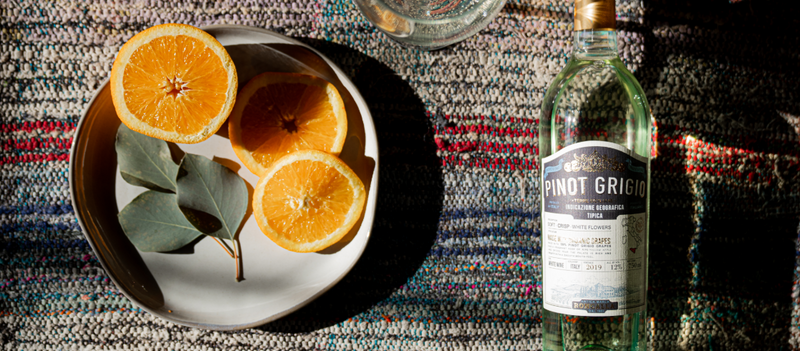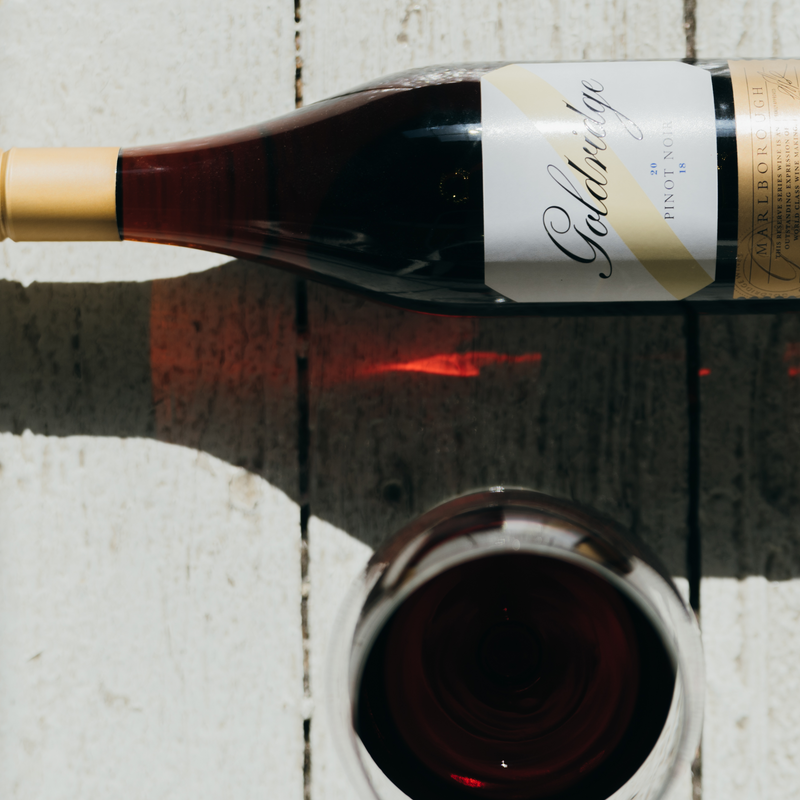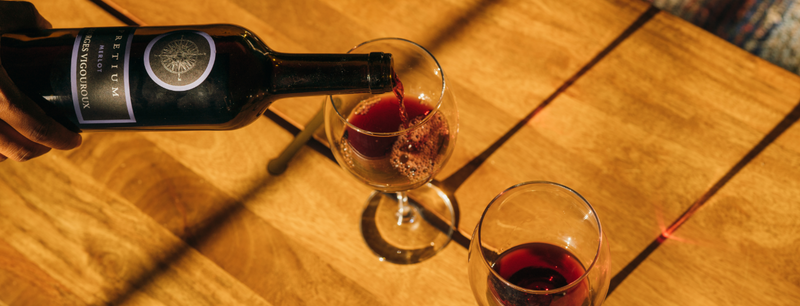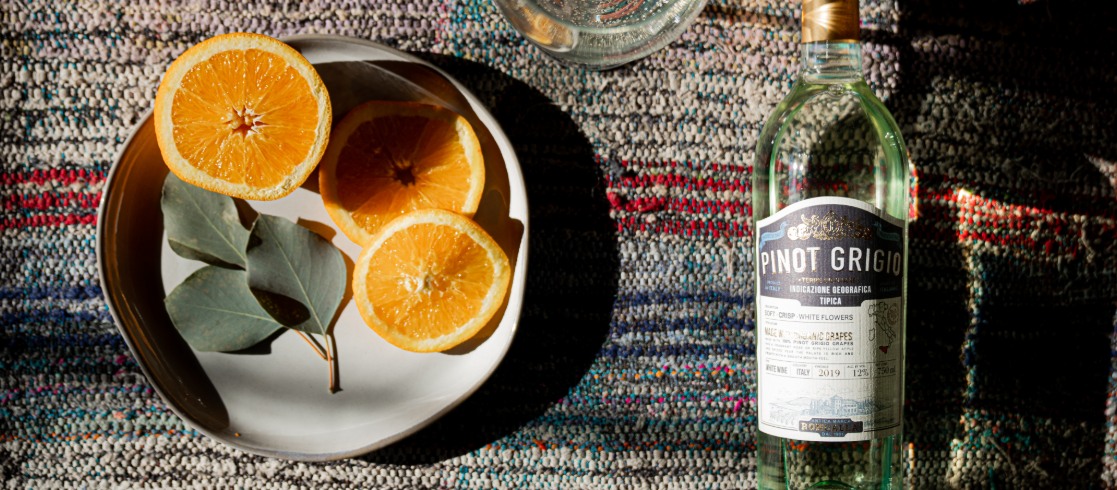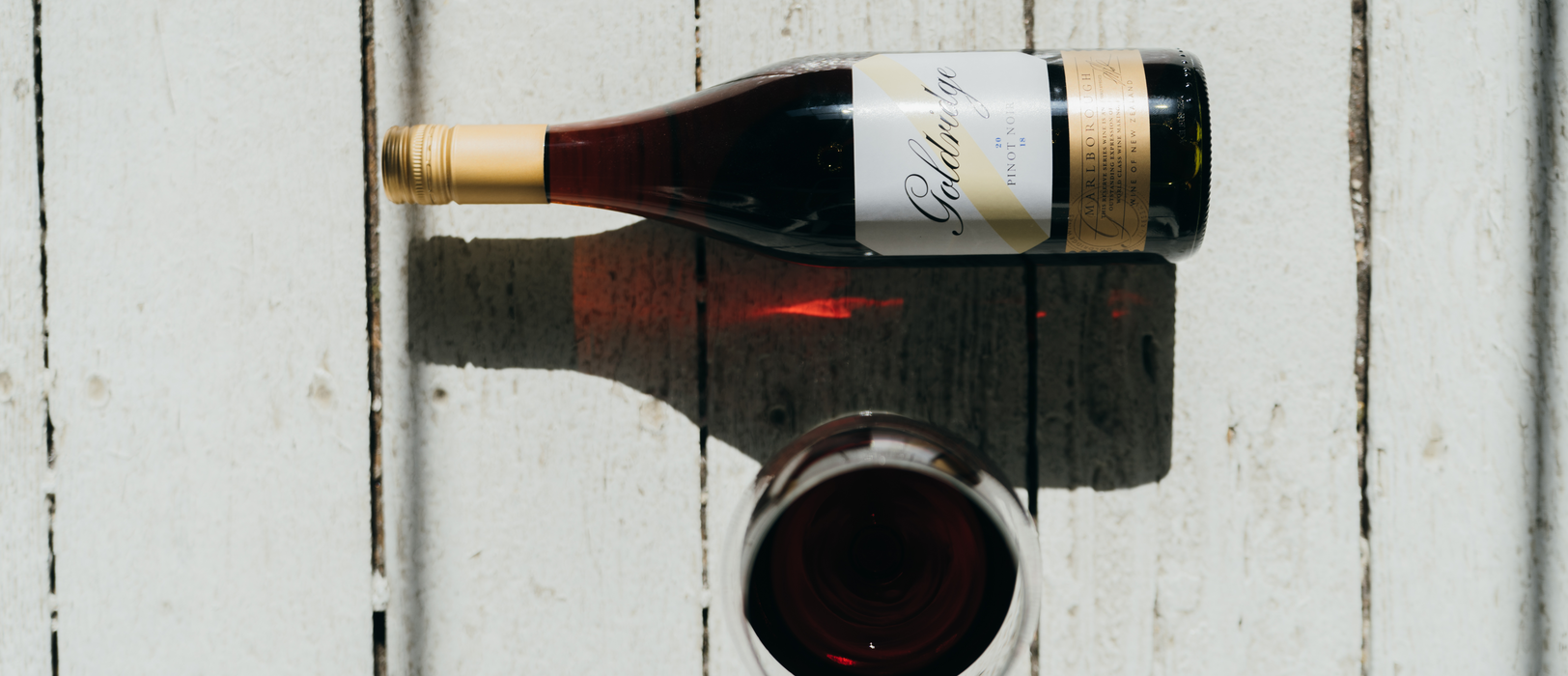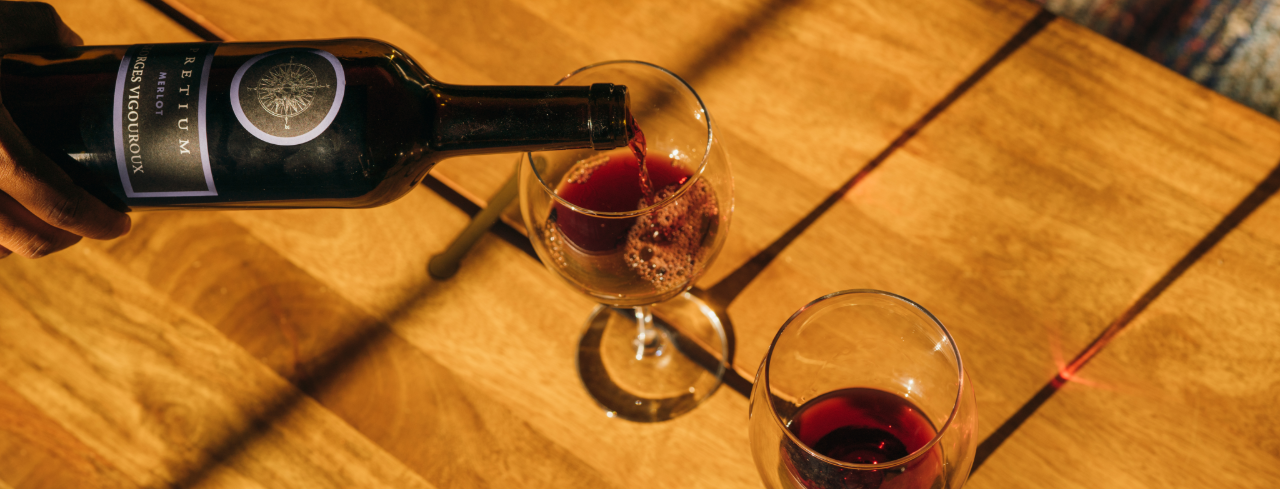
Is Zinfandel Sweet?
Fruity and complex, Zinfandel is a popular choice for new wine drinkers. Flavors and alcohol levels can range depending if you’re sipping a white or red Zinfandel, so there’s no shortage of variety.
However, it can be confusing to tell if some Zinfandels are sweeter than others.
Keep reading for a breakdown of this versatile, medium-bodied red wine’s sweetness levels.
What is Zinfandel Wine?
Originally from Croatia, Zinfandel grapes are black and thick-skinned. They often produce robust, jam-like red wine rich in tannins and acidity. When we say “tannins,” we’re referring to that puckering feeling you get after eating something tart.
There is also white Zinfandel, which is much lighter in structure, flavor profile and has almost no tannins. Let’s take a closer look at these Zinfandel types to see what makes them so distinct.
Red Zinfandel
In many ways, Red Zinfandel wine is a lot like Cabernet Sauvignon with its red fruit, berry, and black pepper flavors. The main difference is that Cabernet often has a more “tannic” taste, whereas Red Zinfandel will have more mellow tannins. Cabernet is also much heavier due to its fuller structure.
White Zinfandel
White Zinfandel is at the opposite end of the spectrum, with almost no tannins, a light body, a pale pink hue, low alcohol, and citrus flavors.
With all its fruit flavors, we’re not surprised why you may have thought Zinfandel is a sweet wine. Keep reading to find out if Zinfandel is sweet or dry.
Is Red Zinfandel Sweet?
Pinot Noir comes to mind when looking for another comparable red wine as we consider Red Zinfandel’s medium-bodied structure. We also mentioned that red zin is complex, as it has red berries, blackberries, plums, pepper, plums, raspberries, and cherries, all wrapped up in a single sip.
However, Red Zinfandel reflects the terroir (soil) and climate in which it grows. Grapes grown in cooler climates will have dominating berry and fruit flavors like raspberry, whereas grapes grown in a warmer climate will have a more peppery taste.
Red Zin’s higher alcohol content of 14-16% alcohol per volume makes it a “boozier” sipper. When held up to the light, it has a crystal ruby hue. On the nose, you will likely smell those pleasant raspberry and black cherry aromas.
Finally, is Red Zinfandel a sweet wine? Not at all. Many wine sweetness charts consider it a medium-dry to dry red wine, meaning it contains only a few grams or fewer residual sugars per glass. This means that during winemaking, the yeast in Red Zinfandel converts most of the natural residual sugars from the grapes into alcohol.
Now that we’ve settled on whether or not Red Zinfandel is sweet, what about White Zinfandel?
Is White Zinfandel Sweet?
With the blush hue of a Rosé wine, White Zinfandel is light on the palate, tickling the senses with bright strawberry and citrus notes. Its pale color is due to the white wine’s maceration process, meaning how long the grape skins are in content with the grape juice before it is turned into wine.
Like other white winemaking processes, the Zinfandel grapes skins are in contact with the juice for a much shorter time than when making Red Zinfandel. This means that certain properties from the skin, like tannins, are way less prevalent in White Zinfandel.
In the 1970s, a winemaker in Napa Valley named Bob Trinchero encountered a problem when making what he thought would be Red Zinfandel. The batch entered “stuck fermentation,” meaning the wine’s yeast died before fermentation could complete. Most of the residual sugars failed to turn into alcohol. The result was a sweet-tasting white wine with low alcohol. In essence, the invention of White Zinfandel was a total accident!
Today, white zin varies from semi-sweet to sweet, depending on the type. On average, it contains around 6-14 grams of sugar per glass. With a lower alcohol content of just 9-10%, this blushing wine is an easy breezy sipper.
To find out more, let’s see where you will most likely find both Zinfandel types.
Where is Zinfandel Made?
As stated earlier, Zinfandel is considered native to Croatia, where it is still grown today and known as Crljenak Kaštelanski. However, California has perhaps become the most well-known producer of both Red and White Zinfandel, namely Sonoma, Napa Valley, and the Central Coast.
You can also find Zinfandel (or Primitivo) in Southern Italy, where it is the third most planted grape varietal in Puglia. There are also a few remote locations in South Africa and Australia where the grape can be found.
Now that we have all the facts on Zinfandel’s sweetness and some of its history let’s look at the best Zinfandel food pairings.
Best Zinfandel Food Pairings
With different flavor profiles, sweetness levels, and alcohol, you won’t want to pair White and Red Zinfandel with the same dishes. Here’s what to pair each of them with.
Just remember to serve any Zinfandel slightly chilled, just below room temperature, for the best taste!
Red Zinfandel Pairings
With its high acidity and bold fruit flavors, Red Zinfandel is primed for taking on heartier meat and vegetable dishes. Bring this wine to your next barbecue and try it with lamb, steak, pulled pork, BBQ ribs, and burgers. For a vegetarian option, pair it with eggplant parmesan.
White Zinfandel Pairings
White Zinfandel is much lighter on the palate, bursting with fresh citrus and acidity. This makes it perfect for fresh white fish, summer salads, and rich cheeses like blue and goat cheese. White zin makes a wonderful summertime aperitif.
Zinfandel Wine: Both Dry and Sweet?
Although it can be confusing, we hope this helped answer the question, “Is Zinfandel wine sweet?” With the jammy flavors of Red Zinfandel and the citrus notes of White Zinfandel, there’s truly a range of sweetness.
Shop customer-favorite Zinfandel at our shop, where you will find delicious variations worldwide.
Check out our Wine Insiders Blog for the 411 on all your favorite wines, recipes, famous regions, and more.




